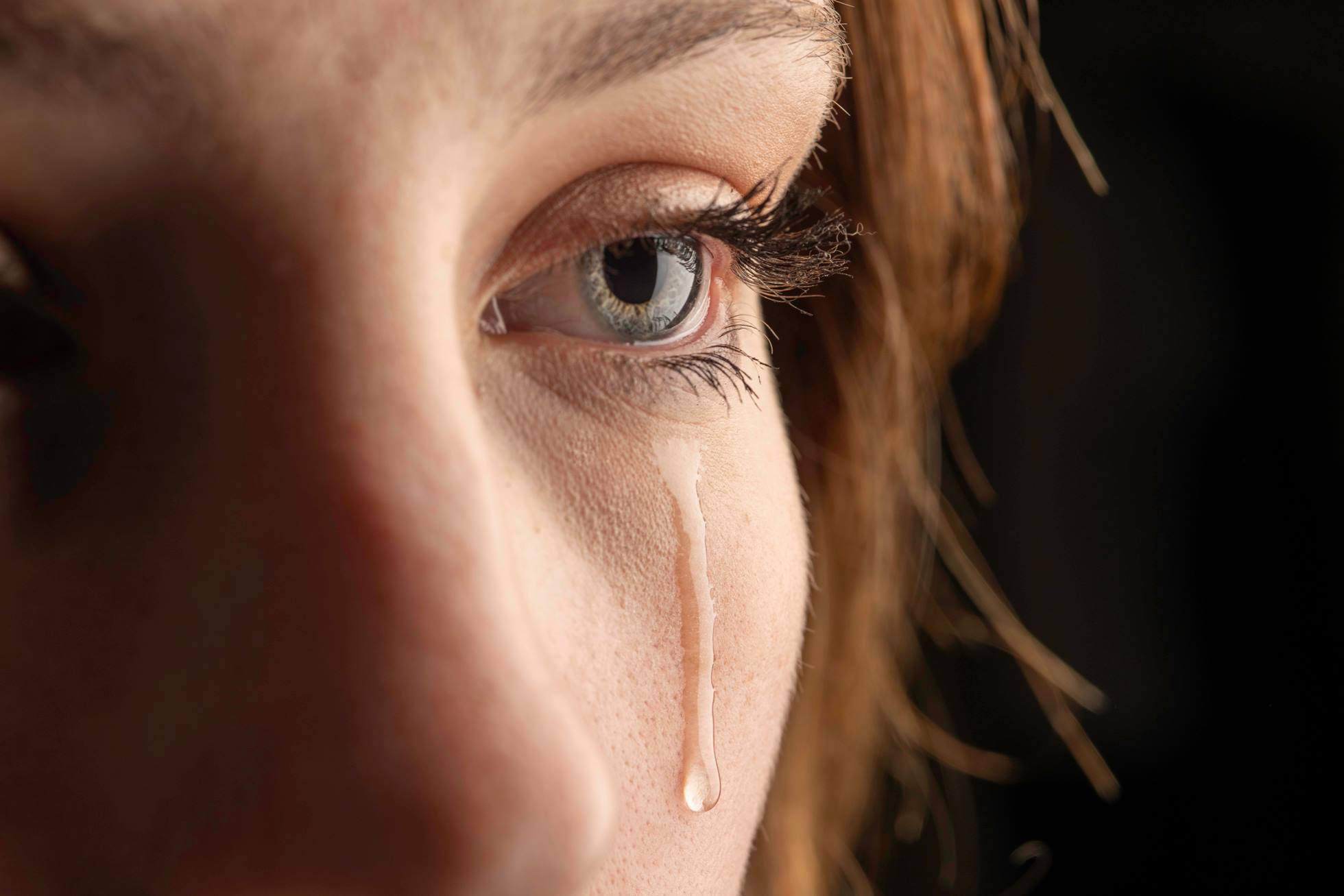
Tears are composed of 98.5% water, along with small amounts of proteins, salts, minerals, and lipids.
There are three types of tears. The first is basal tears, which fl ow every few seconds as we blink. These tears keep the eyes moist and act as a shield against viruses. On average, we secrete about one gram of them daily. The second type is reflex tears, triggered by physical stimuli such as dust, wind, strong fragrances, or smoke. Their role is to dilute and wash away irritants, protecting the eyes.
Lastly, there are emotional tears, which fl ow in response to feelings such as joy, sorrow, deep emotion, or gratitude. Unlike the previous two types, these tears are controlled by the brain. Intense emotions trigger chemical reactions in the prefrontal cortex, activating the parasympathetic nervous system and inducing tears. They help stabilize and heal the mind and body by flushing out catecholamines—stress hormones that, if accumulated, can lead to various health issues. For this reason, some doctors refer to tears as God’s natural chemotherapy.
In Japan, gatherings have even formed where people come together to share conversations, watch sad videos, and cry collectively. When emotions reach their peak and words fail, tears take their place. That is why tears shed for others are more beautiful than any jewel.
36